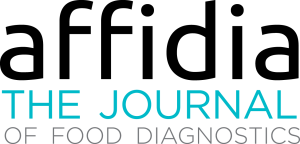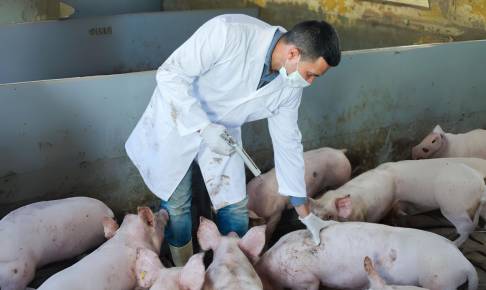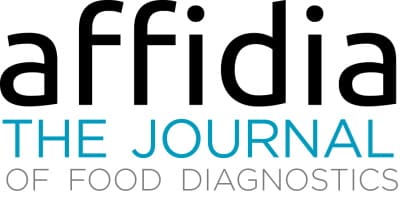Consumption of veterinary antibiotics reaches record low in Europe
In a promising development, European countries have achieved a substantial reduction in the sales of veterinary antibiotics, marking the lowest level ever reported, according to a new report. The decline in antibiotic consumption not only safeguards the health of animals but also mitigates the risk of antibiotic resistance in both animals and humans.
According to the thirteenth annual report on the European Surveillance of Veterinary Antimicrobial Consumption (ESVAC): 2009 - 2023, data from 25 countries reveals a remarkable 53% decrease in overall sales of veterinary antibiotics between 2011 and 2022.
Of particular significance is the notable reduction in sales of antibiotic classes that are critically important in human medicine for veterinary use. Third- and fourth-generation cephalosporins witnessed a 49% decline, while polymyxins experienced a substantial drop of 81%. Fluoroquinolones decreased by 25%, and other quinolones saw a remarkable decline of 90%. These antibiotics, categorized by the Antimicrobial Advice ad hoc Expert Group (AMEG), require prudent and responsible use to mitigate potential risks to public health.
Analyzing the sales data from 2022, it is evident that penicillins constituted the highest-selling antibiotic class, accounting for 32.7% of overall sales. Tetracyclines and sulfonamides followed, making up 17.4% and 6.9% of total sales, respectively.
Sales patterns varied significantly among the 31 countries, including those of the antibiotic classes categorized as AMEG Category B by the EMA.
The decline in antibiotic sales was observed across different product forms, with oral solutions, premixes, and oral powders predominantly used for group treatment showing a higher decrease compared to product forms intended for individual animal treatment.
Since 2009, the European Medicines Agency (EMA) has been monitoring the sales of veterinary antimicrobials through the ESVAC project. The number of participating countries has tripled since its inception, with 31 European countries collaborating in the project in 2022. The ESVAC concept has now been integrated into EU legislation, making it mandatory for all EU countries to collect data not only on sales but also on the use of antimicrobials in animals in the coming years. The first report incorporating usage data from 2023 is scheduled for publication in 2025.
The latest ESVAC report also provides insights into the progress made towards achieving the targets set by the European Commission's Farm to Fork Strategy, which aims for a 50% reduction in sales of antimicrobials for farmed animals and in aquaculture by 2030, based on the reference year 2018. The latest data indicates that EU Member States have achieved just over half of the reduction target, with an annual decrease of approximately 5% required to stay on track for meeting the 2030 goal.
The significant reduction in veterinary antibiotic sales in Europe represents a remarkable step forward in the fight against antimicrobial resistance. The collective efforts of European countries to ensure prudent and responsible use of antibiotics in animals are crucial in safeguarding public health and preserving the effectiveness of these life-saving medicines.
Source:






















